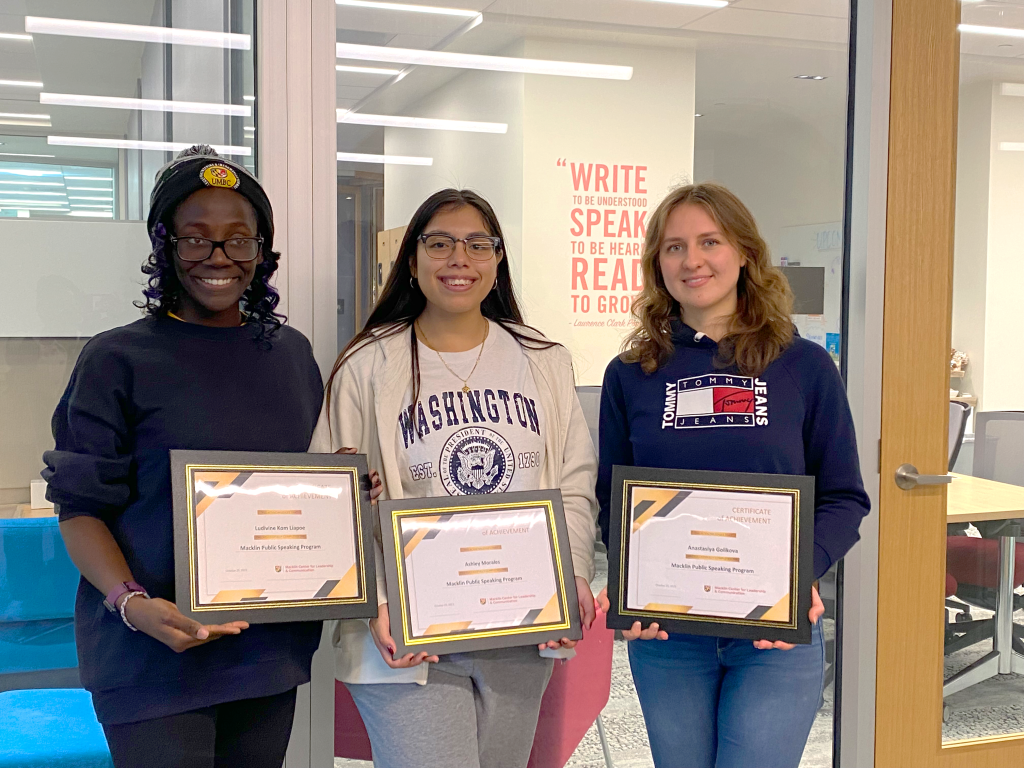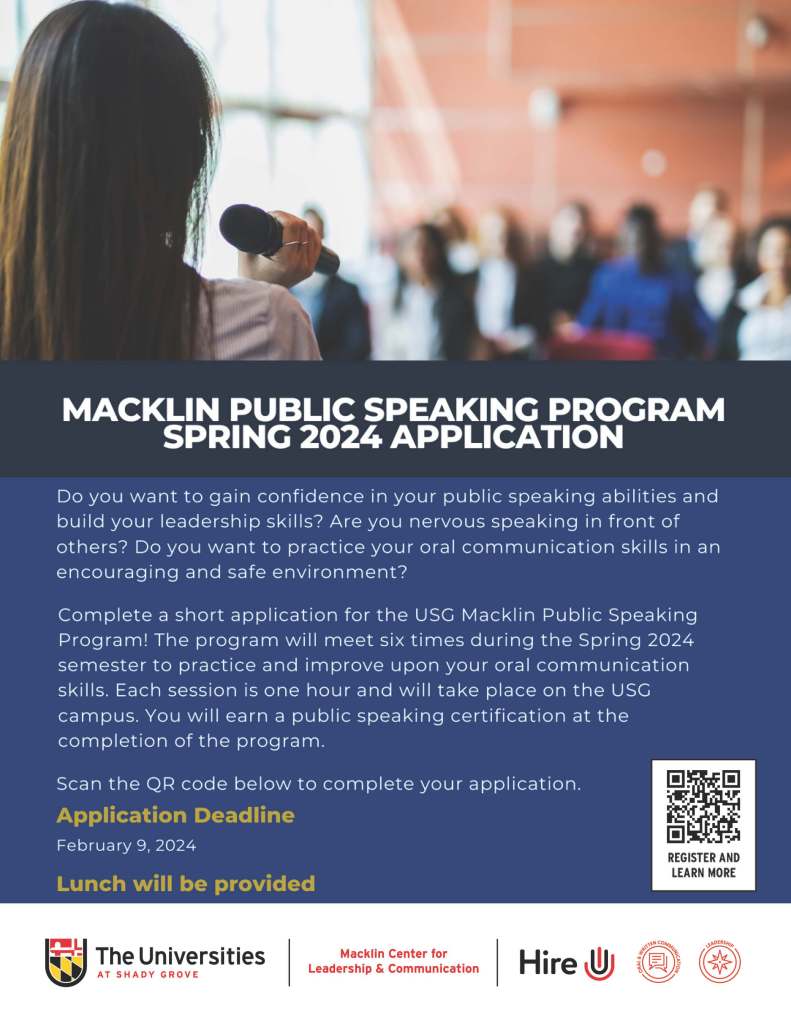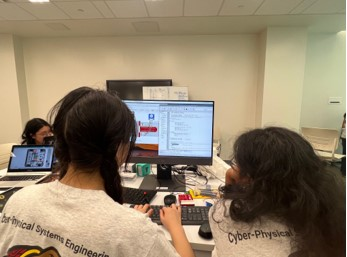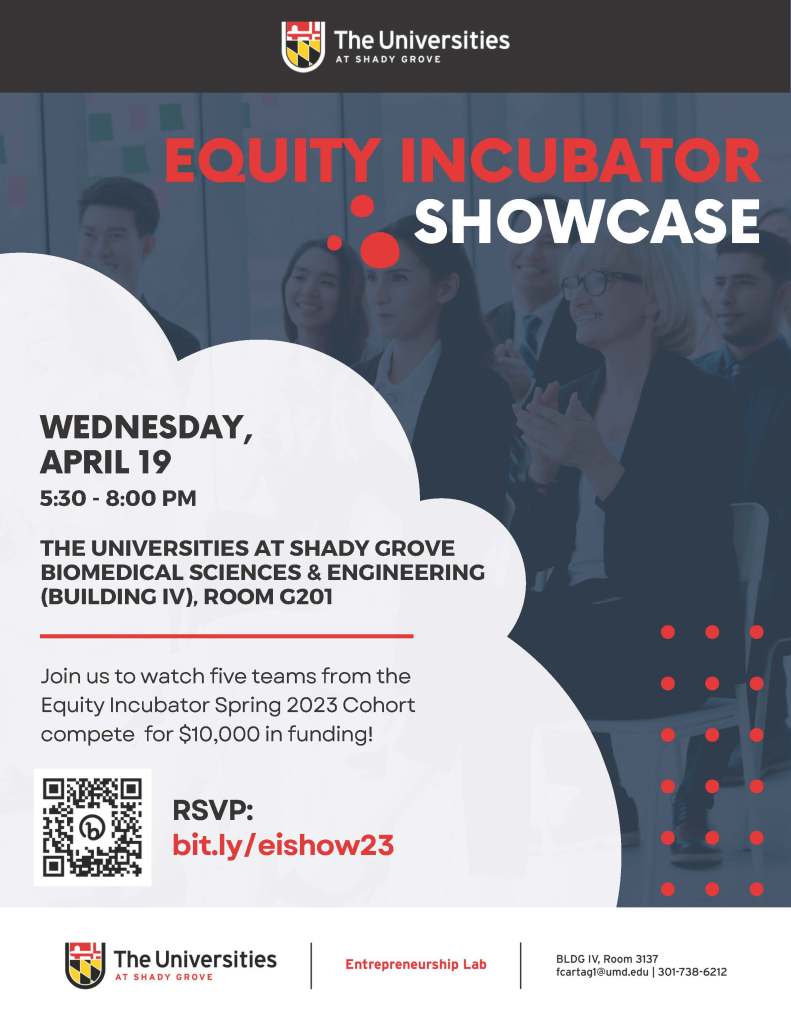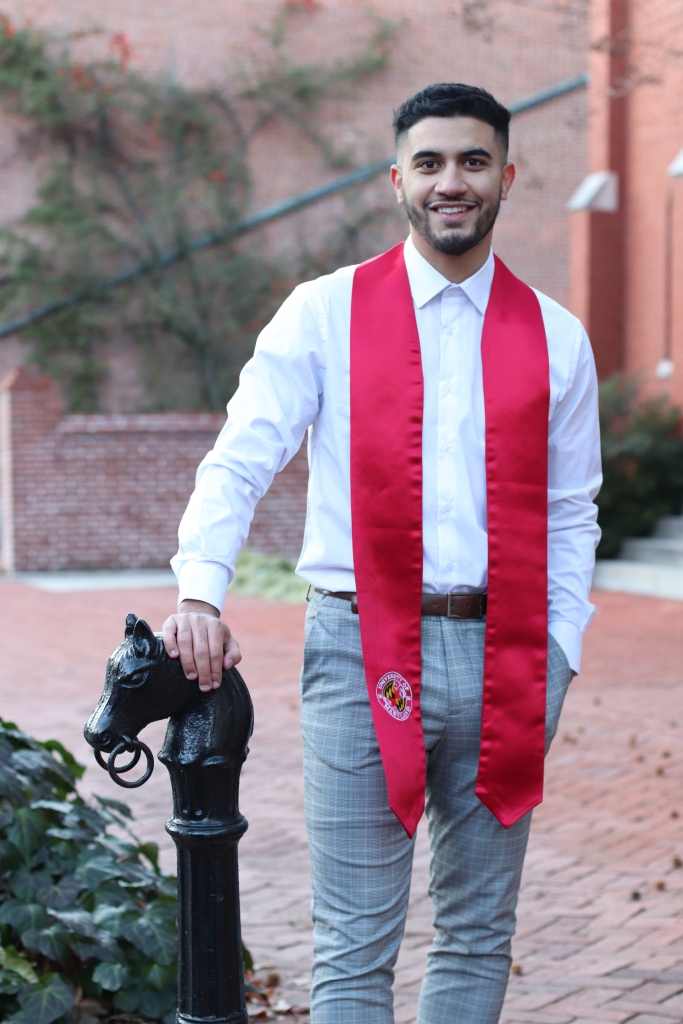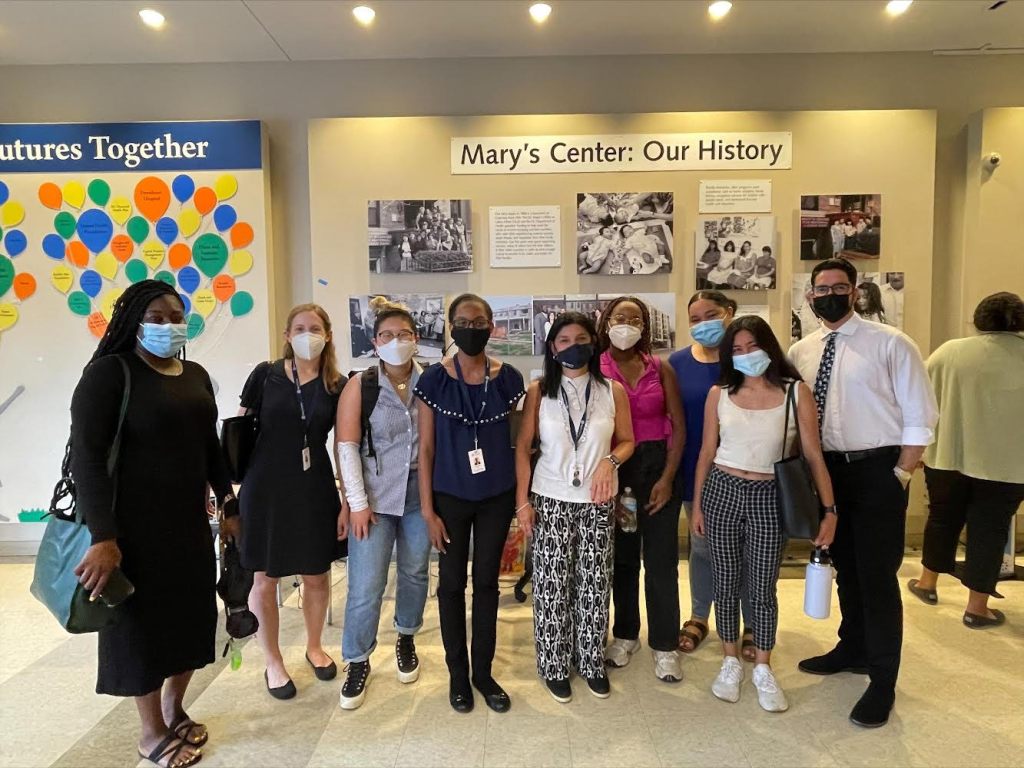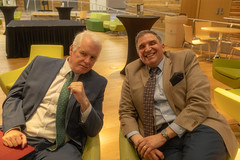Dear USG Community:
We know by now you are all well aware of the rulings handed down yesterday by the Supreme Court of the United States in two cases involving affirmative action. The outcome of these rulings will effectively prohibit colleges and universities from considering race as among the many factors that may be a part of determinations on student admissions. In light of the court’s decisions, we wanted to share some of the statements in response to these cases from leaders within our university system and to provide some of our own perspective, as the leadership team here at the Universities at Shady Grove.
First of all, we are so grateful for the steadfast commitment to diversity, equity and inclusion by the University System of Maryland and to USM Chancellor Jay Perman, who emphasized diversity as “a guiding principle for the USM,” in the statement he issued yesterday. We recognize too that all matters related to admissions are the purview of our partner universities. We know that all of them are closely reviewing the Supreme Court decisions and their implications, while reaffirming an unwavering commitment to “encouraging and supporting students of all backgrounds,” as University of Maryland, College Park, President Darryll Pines said so eloquently in his statement.
It was in 1965 that President Lyndon B. Johnson issued Executive Order 11246, requiring all government contractors and subcontractors to take affirmative action to expand job opportunities for minorities. Further, President Johnson established the Office of Federal Contract Compliance (OFCC) in the Department of Labor to administer the order. In 1967, President Johnson amended the order to include affirmative action for women. Over the years since, there have been significant and successful attempts in the courts to ban preferential treatment for women and minorities, prior to yesterday’s Supreme Court decision regarding higher education admissions.
Affirmative Action has been one of the most critical tools ever deployed in our country’s history in creating a more level playing field for all, whether it is in college admissions or employment. While the decision to ban affirmative action and race-based admissions can be viewed as shocking and concerning, we write to reassure everyone within the USG community of our absolute commitment to diversity, equity, inclusion, and belonging.
While Affirmative Action may have been the policy to ensure fairness, we are looking at this as a new opportunity to offer a quality and exceptional opportunity to access higher education. With our university partners, USG is already deploying a new way of thinking around higher education access and delivery. We are working, as we speak, to ensure a quality higher education that offers a fluid pathway to all learners, and one that is affordable to everyone. Our strategic initiatives are guiding steps to reshape the cultural and systemic thinking that has been associated with attending college as only for the wealthy and privileged. Doing the right things does not necessarily require a policy.
By 2036, it is projected that over half of our high school graduates nationally will be students of color. This is already the case in Montgomery County. Our Office of Diversity, Equity and Inclusion will be working in unison across the USG community to center equity and diversity in all of our programs and workplace experiences for all of students, faculty, and staff.
We assure you that USG is an equal partner in ensuring and upholding these core values. This commitment is evidenced by our entire executive council’s support for this message. We are all in this together and together we will continue to offer the highest quality education and ensure a workplace that upholds diversity, equity, inclusive excellence, and stands against all forms of oppression and injustice.
Jeffrey R. Ash, Ed.D.
USG Chief Diversity, Equity and Inclusion Officer
Anne Khademian, Ph.D.
Executive Director, USG, & Associate Vice Chancellor, University System of Maryland
Additional USG Executive Council Members
Richee Smith Andrews, Esq., Chief Advancement Officer
Robyn Dinicola, Ph.D., Chief Student Affairs Officer
Michael S. Keeney, Ph.D., Chief Operating Officer & Chief Financial Officer
Mary Lang, Chief Strategy Officer
Irene Munster, Director, Priddy Library
W. Christopher Saxton, Chief Technology Officer





